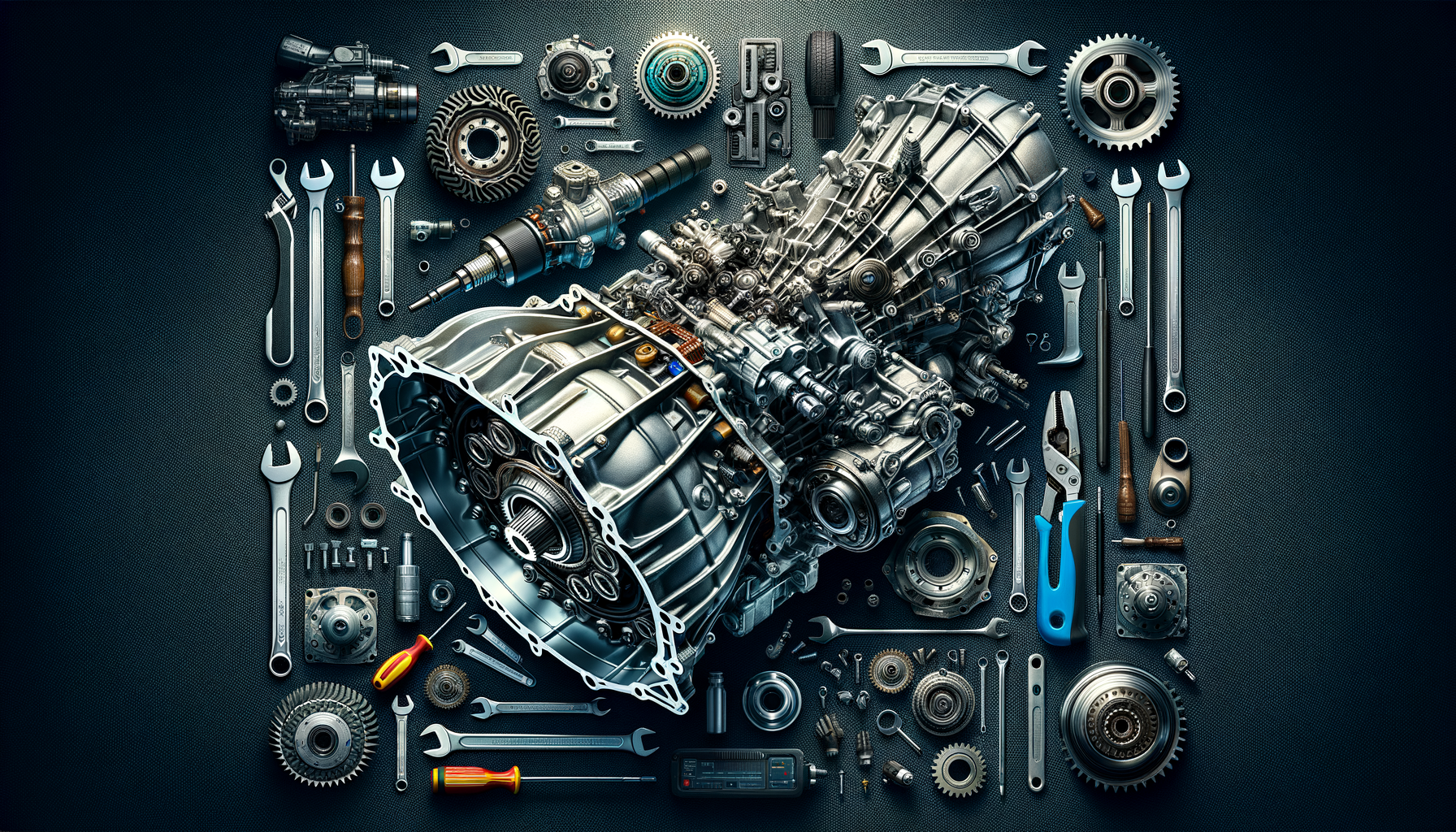
Understanding Remanufactured Transmissions
What Are Remanufactured Transmissions?
Remanufactured transmissions are a vital component in the automotive repair industry, offering a cost-effective alternative to buying new. These transmissions are disassembled, cleaned, and inspected for wear and damage. The process involves replacing or refurbishing parts to meet original equipment manufacturer (OEM) specifications. This ensures that the transmission functions like new, providing reliability and efficiency.
One of the primary advantages of opting for a remanufactured transmission is the assurance of quality. These units are typically tested rigorously to ensure they meet industry standards. This testing often includes pressure testing, dynamometer testing, and other evaluations to verify performance under various conditions.
Moreover, remanufactured transmissions are environmentally friendly. By reusing and restoring existing components, the process reduces the need for new materials and minimizes waste. This sustainable approach not only conserves resources but also reduces the carbon footprint associated with manufacturing new transmissions.
The Process of Remanufacturing
The remanufacturing process is meticulous and involves several stages to ensure the transmission is restored to optimal condition. Initially, the transmission is completely disassembled, and each component is thoroughly cleaned. This cleaning process is crucial as it removes any debris or contaminants that could affect performance.
After cleaning, each part is inspected for wear and damage. Components that do not meet the required standards are replaced with new or refurbished parts. This includes gears, seals, gaskets, and electronic components. The focus is on restoring the transmission to its original condition, ensuring that it performs reliably.
Once the parts are replaced or refurbished, the transmission is reassembled. This stage requires precision and expertise to ensure that each component is correctly aligned and secured. After assembly, the transmission undergoes rigorous testing to verify its performance. This testing simulates real-world driving conditions to ensure the transmission operates smoothly and efficiently.
- Disassembly and cleaning
- Inspection and replacement of parts
- Reassembly
- Rigorous testing
Cost-Effectiveness of Remanufactured Transmissions
One of the most compelling reasons to consider a remanufactured transmission is its cost-effectiveness. Compared to purchasing a new transmission, remanufactured units are significantly more affordable. This makes them an attractive option for vehicle owners facing major transmission issues.
The savings come from the reuse of existing components, which reduces the need for new materials and manufacturing processes. This cost-saving is passed on to the consumer, making remanufactured transmissions a budget-friendly choice.
Additionally, many remanufactured transmissions come with warranties that rival those of new transmissions. This provides peace of mind to consumers, knowing they are protected against potential defects or issues. The combination of lower upfront costs and comprehensive warranties makes remanufactured transmissions a wise financial decision for many drivers.
Comparing Remanufactured and Rebuilt Transmissions
While remanufactured and rebuilt transmissions may seem similar, there are key differences between the two. Understanding these differences can help vehicle owners make informed decisions when it comes to transmission repairs.
Rebuilt transmissions are repaired by replacing only the worn or damaged components. This process can vary in quality, depending on the skill and thoroughness of the technician. In contrast, remanufactured transmissions are restored to OEM specifications, with a comprehensive replacement or refurbishment of parts. This ensures a higher level of consistency and reliability.
Furthermore, remanufactured transmissions are subject to more rigorous testing compared to rebuilt units. This testing ensures that the transmission meets strict performance standards, providing greater assurance of quality. As a result, remanufactured transmissions often come with more robust warranties compared to rebuilt ones.
- Rebuilt: Only damaged parts replaced
- Remanufactured: Comprehensive restoration
- Testing: More rigorous for remanufactured
Conclusion: The Benefits of Choosing Remanufactured Transmissions
For vehicle owners facing transmission issues, remanufactured transmissions offer a viable and attractive solution. They provide the reliability and performance of a new transmission at a fraction of the cost. The rigorous testing and adherence to OEM specifications ensure that these units are dependable and long-lasting.
Moreover, the environmental benefits of remanufacturing make it a responsible choice for those conscious of their carbon footprint. By choosing a remanufactured transmission, drivers can contribute to a more sustainable future while enjoying the benefits of a high-quality product.
In conclusion, remanufactured transmissions represent a smart choice for those seeking cost-effective, reliable, and environmentally friendly automotive solutions. Whether for personal use or within a fleet, these transmissions provide exceptional value and performance.


